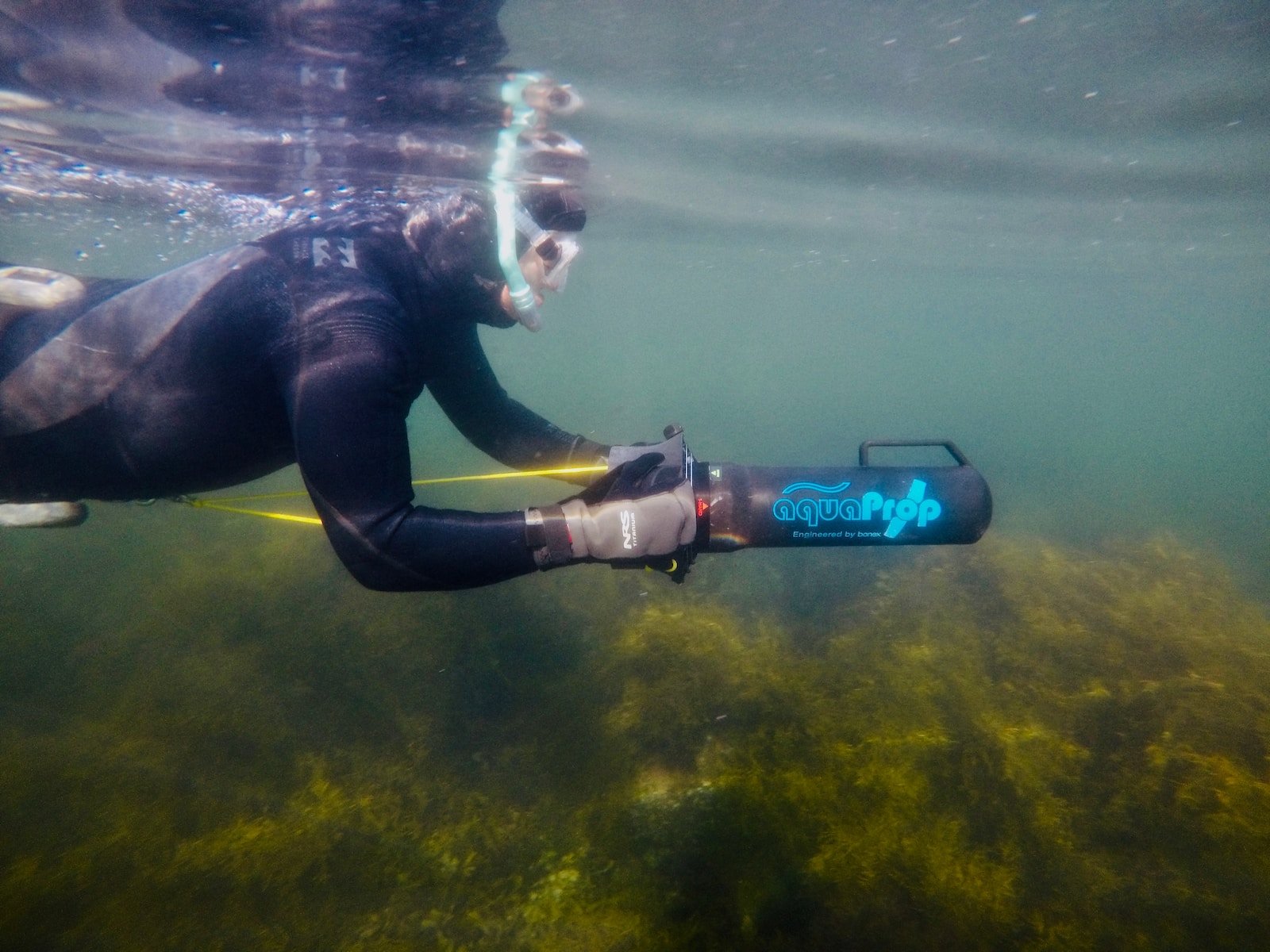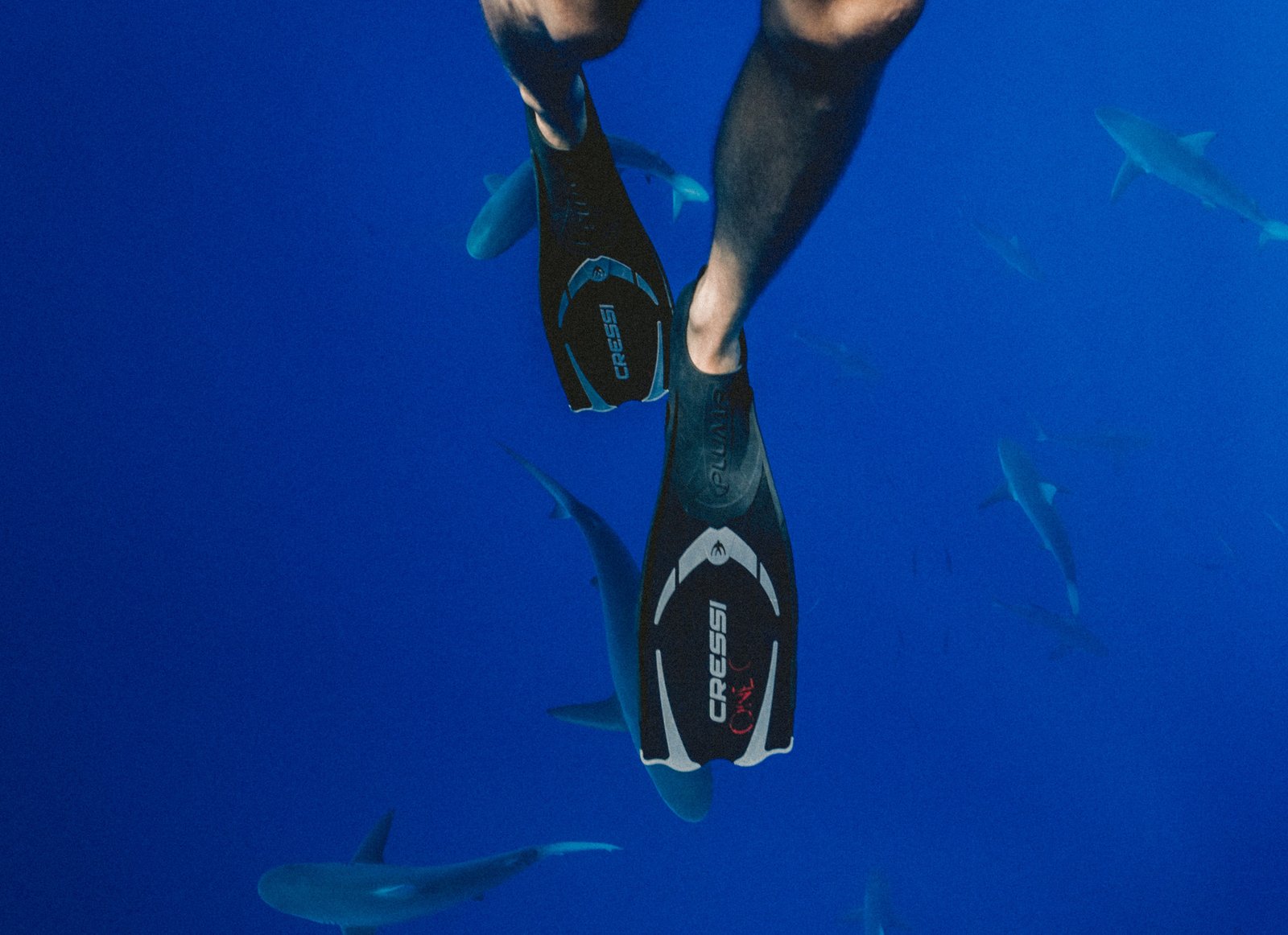Sharkbanz Review | Does it Really Work?
Introduction Have you ever worried about sharks while swimming, surfing, or diving in the ocean? You’re not alone. This fear has led to the development of various shark deterrent devices, with Sharkbanz being one of the most popular. But does it really work? On the 27th of December year 2016, Zack Davis a 16 yr-old surfer, was attacked by a blacktip shark while wearing Sharkbanz, a magnetic device that was supposed to act as a deterrent for sharks. This left the poor bloke with a big gash on his arm, a little over 40 stitches, and a big mystery that got everybody questioning: Does Sharkbanz really work — and can this device really put an end to the constant fear of beachgoers, surfers, and marine specialists of shark attacks? By gathering evidence and research, we’ve analyzed all the pieces of information that prove if this famous shark deterrent does its job or not. We’ve also listed some pros and cons to help you decide if this pricey magnetic bands worth your time and money. Keep reading to learn more! Understanding Sharkbanz Technology How Sharkbanz Works Sharkbanz utilizes a simple yet ingenious technology to deter sharks. The device emits a strong magnetic field that interferes with the sharks’ electroreceptors, called ampullae of Lorenzini. These are small, jelly-filled pores around the shark’s snout that detect electric fields in the water, helping them locate prey. When a shark approaches a person wearing Sharkbanz, the magnetic field disrupts their electroreception, causing them to turn away. How the Sharkbanz Started For many years, we’ve always been terrified of what lies beneath the water surface. With the constant shark attacks that happen every year, people try different devices to reduce the risks of shark encounters and attacks in the ocean. There are the visual repellents, sound chemical, electric… but unfortunately, only a number of them proven to be effective. Now comes the Sharkbanz, a magnetic band that acts as personal protection to mitigate shark attacks. It’s commercially available in the market, with different testimonials and test videos claiming its effectiveness against one of the ocean’s biggest predators. Before we discuss further on how it works, let’s dig a little deeper into their company’s work background, shall we? The mission of Skarkbanz is fairly simple — to promote marine conservation, educate people about the ocean, and create a device that can protect people from sharks. Now, this company’s first two goals seem doable, however, the third one raised a lot of questions, as well as some eyebrows. Sharkbanz was founded by Nathan Garrison and his father, David, both of whom are surfers who want to find an affordable solution to finally end unprovoked shark attacks. It took them a total of three years in research and tests to finally launch the first version of Sharkbanz. After Sharkbanz v.1 was released, the company continuously collaborated with Dr. Eric Stroud and Dr. Patrick Rice of the Shark Defense Technologies to further research and create a premium line of safety products against sharks. As of writing, Sharkbanz’s other product include the Fishing Zeppelin — the world’s first shark deterrent tackle that can be used to replace the sinker on your rig. Physical Appearance and Design of Sharkbanz Sharkbanz is designed to be worn as a bracelet or anklet, making it easy to incorporate into your regular beach or water gear. It has a sleek, modern look and is available in various colors. The band is made of durable, waterproof material, ensuring it withstands harsh ocean conditions. Key Features Magnetic Technology: Utilizes powerful magnets to deter sharks. Durability: Waterproof and resistant to saltwater corrosion. Ease of Use: Simple to wear and requires no charging or batteries. Universal Fit: Adjustable strap to fit any wrist or ankle size. Size: Universal fit, ages 5+ Depth Rating: 100m/330ft Weight: 3 oz. Overview The use of shark deterrents has always given surfers and beachgoers peace of mind whenever swimming in murky waters or when there are risks of shark encounters because of sightings and fish migrations. These products are one of the most sought-after devices in the watersports market; however, researchers often face problems with them because of their energy sources and their risks when it comes to the safety of marine animals. What we like about Sharkbanz is that it has one of the simplest methods in deterring sharks. By utilizing a patented magnetic technology, Sharkbanz doesn’t require the use of batteries. It’s always on, even if you don’t charge it. This device is also regularly tested in real marine environments for maximum efficiency and performance. It’s proven safe for marine organisms and won’t cause any significant harm to the sharks. How it Works Sharks are apex predators that make use of electromagnetic field to detect signals from their prey. Among the organisms in the animal kingdom, they have the strongest and most complex receptors — a reason why it’s considered as their sixth sense. With this, sharks are also able to navigate and hunt in low-light conditions. So how do these receptors work? The pores of a shark’s snout, along with its head are high-sensitive areas that can detect the faintest electronic field in the seawater. Sharks use these to look for their prey, which are sea animals that have weak electro-magnetic signals — like slow-moving fishes or injured seals with slow heartbeats. That said, this device works by creating a magnetic field that’s a thousand times stronger than how much a shark’s prey would normally emit. Once the sharks detect this strong signal, they will tend to move away from it as they wouldn’t see it as their food. According to Sharkbanz, the sudden unpleasant sensation of this electromagnetic field has a similar effect to being shined with a bright flashlight inside a dark room. The sharks won’t be hurt in any way; however, they’ll try to get away from it as they’ll find it annoying. Pros and Cons of Sharkbanz Advantages Non-invasive: Does not harm sharks or other marine … Read more





